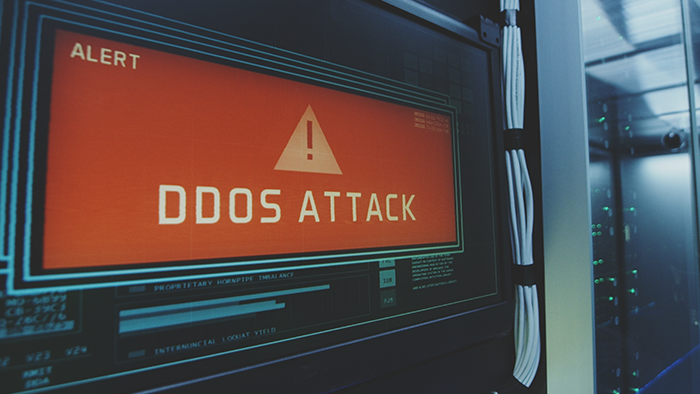What is an evil twin attack?
An evil twin attack occurs when a hacker tries to trick users into connecting to a fake Wi-Fi access point that mimics a real network. When the victim connects to the spoofed evil twin network, the data they share gets sent to a server controlled by the attacker.
Evil twin networks can be difficult to detect, because attackers use social engineering tactics to create fake captive portals that copy the generic login pages used by many public Wi-Fi access points. This type of spoofing attack seeks to fool victims into logging onto fake networks so that attackers can monitor their behavior, access their accounts, and steal their personal data.
How does an evil twin attack work?
Here’s how an evil twin Wi-Fi attack works:
-
A hacker chooses a location with a free Wi-Fi network and sets up a Wi-Fi access point.
-
The hacker creates a fake captive portal to capture user data.
-
The hacker tricks victims into connecting to the evil twin Wi-Fi point by, say, positioning themselves closer to their victims to boost signal strength.
-
A victim unknowingly logs onto the fake access point.
-
The hacker can now monitor their behavior and steal whatever data the victim accesses on the fake network.
Hackers often initiate cybersecurity attacks through vulnerabilities in public Wi-Fi networks. That’s why it’s important to learn how to stay safe on public Wi-Fi. Understanding the differences between WEP, WPA, and WPA2 network security protocols can help you make sure that the networks you browse on are safe.
 An evil twin attack happens when hackers trick people into logging on to spoofed networks.
An evil twin attack happens when hackers trick people into logging on to spoofed networks.
Evil twin attack example
A fake Wi-Fi network set up and named after a nearby cafe is an obvious example of an evil twin attack. After the network is set up, it’s easy for victims to mistake the fake, evil twin network for a real one, because the network’s name looks legitimate. Then, when the victim clicks the network to log on, the login portal used to enter credentials is spoofed to look authentic.
Without suspecting a thing, the victim logs onto the network to go online. Whatever they proceed to do online — open their email account, access social media, go shopping online — is then visible to the hacker who set up the evil twin network.
Like evil twins in movies or books, the evil twin Wi-Fi hotspot hacking technique plays on familiarity to deceive you.
How to protect your device from Evil Twin attacks
Hackers take advantage of the haphazard way many of us connect to networks to go online. Whenever you’re using public Wi-Fi, use basic digital hygiene and follow these evil twin attack prevention tips:
-
Avoid unsecured Wi-Fi hotspots: Unsecure Wi-Fi hotspots lack security features like firewalls that protect network traffic. Evil twin hotspots are usually in this category.
-
Use your own hotspot: A personal hotspot is a reliable way to connect to a Wi-Fi network in a public place, and it reduces the risk of hackers accessing your data.
-
Disable auto connect: If you’ve unknowingly connected to an evil twin network in the past, auto connect will automatically reconnect you in the future. When in public places, disable it.
-
Avoid logging into private accounts on public Wi-Fi: In an evil twin attack, only the data you access is at risk. Whenever you’re on public Wi-Fi, avoid accessing your personal accounts or entering payment details.
-
Use a VPN to encrypt your data: A VPN encrypts your data, protecting it on private and public networks. Using a VPN offers ironclad internet security.
-
Stick to HTTPS websites: Safe websites use HTTPS connection — the “s” stands for secure. Unlike HTTP sites, HTTPS websites use end-to-end encryption to prevent hackers from monitoring your activity.
-
Use two-factor authentication: 2FA requires at least two steps of verification — for example, a password and an authentication code sent via text — to log into an account.
Protect yourself from unsafe networks with Avast
Evil twin Wi-Fi attacks aren’t the only way hackers can compromise your personal data. When you’re on public Wi-Fi there’s a risk that someone might be snooping on network traffic. Protect yourself from today’s wide array of online threats with Avast One, a comprehensive cybersecurity solution with an arsenal of built-in tools to keep your device and your data safe. Install Avast One for free today.



 An evil twin attack happens when hackers trick people into logging on to spoofed networks.
An evil twin attack happens when hackers trick people into logging on to spoofed networks.










